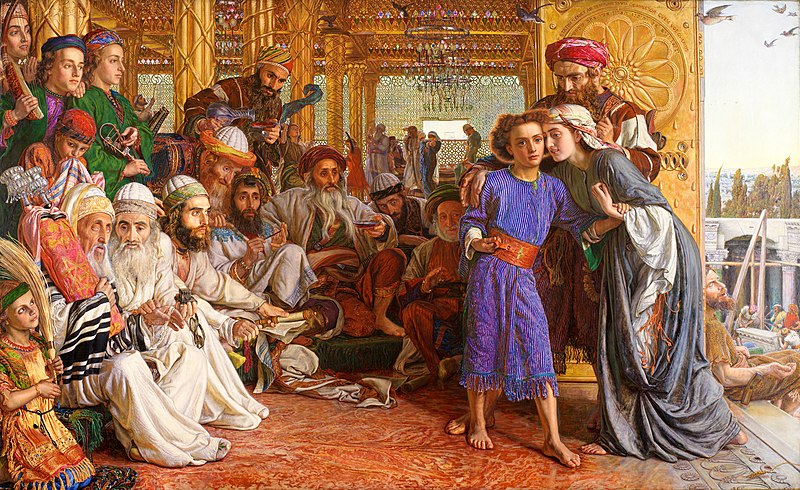
When old Green, the frame-maker, had finished the frame for Holman Hunt’s The Finding of the Saviour in the Temple, Hunt went to see it and told him it was quite satisfactory. ‘Ah,’ said Green, ‘but you’ll see the picture will set it off amazingly.’
— Henry Holiday, Reminiscences of My Life, 1914







